A tale of two cities: Martin Parr's photography captures Manchester then and now
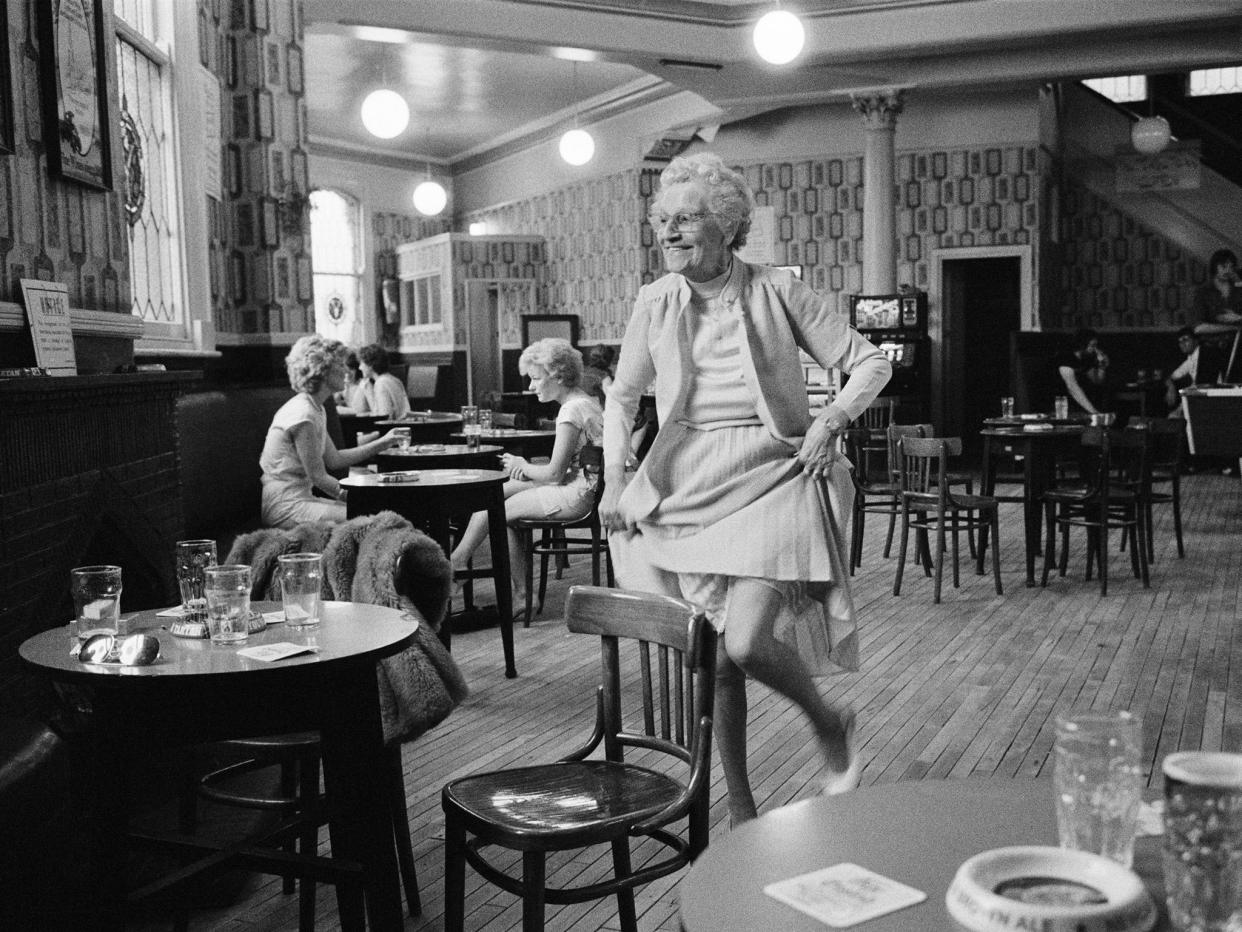
At Manchester Art Gallery, in the beating heart of England’s most happening city (sorry, London – you’ve had your turn), Martin Parr is showing a gaggle of reporters around his latest exhibition. It’s called Return to Manchester, and the title is telling. Parr is a southern softy, born and raised in Surrey, but it was as a photography student at Manchester Polytechnic in the early 1970s that he found his creative focus. His first exhibition, back in 1971, was just down the road, in a corridor at Kendal Milne department store. Half a century later he’s back in the metropolis that made him, to open a one man show of Mancunian photos, then and now.
It’s an exhibition of two halves: black and white photographs of the rundown Manchester of the 1970s; colour photos of the dynamic Manchester of today. Wry and playful, yet imbued with a deep, unspoken sense of melancholy, it’s a profound and powerful evocation of the way that Manchester – and Martin Parr – has changed. “I had a fantastic time in Manchester,” he says, and his affection for the city – then and now – is evident in these photos.
The earliest photographs in the show were taken while he was still at college, and the images that encapsulate the Manchester of the early 1970s are the June Street photos he took with his friend and fellow student, Daniel Meadows. They’d gone in search of Coronation Street, but the street which inspired the Salford soap opera had already been demolished. However, a few scenes had been shot on June Street, an adjacent street which had survived.
Instead of photographing the drab exteriors of these terraced houses, they ventured within. Their portraits of the people they found inside exude the poise and dignity of Old Masters, which is ironic, for Parr has often been accused of being a photographer who takes the piss. “Unless there’s some vulnerability there, I don’t think you’re going to get good photographs,” he once said. There’s vulnerability here aplenty, and that’s what makes these portraits so appealing.
June Street was one of several photographic projects which Parr undertook, entirely of his own accord, during his student days in Manchester. A series of photos inside Prestwich Mental Hospital captured the bleak ambience of that institution, but it was his Love Cubes series (which doubled as a board game) that epitomised his sense of fun. Parr photographed couples on the streets of Manchester, together and then separately. The idea of the game is to try and work out who’s going out with whom.
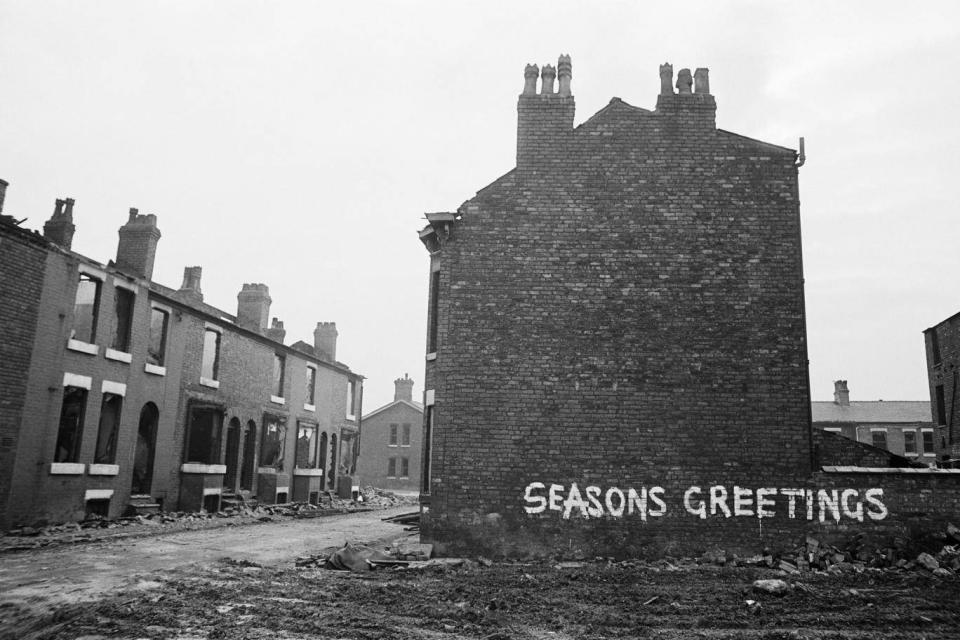
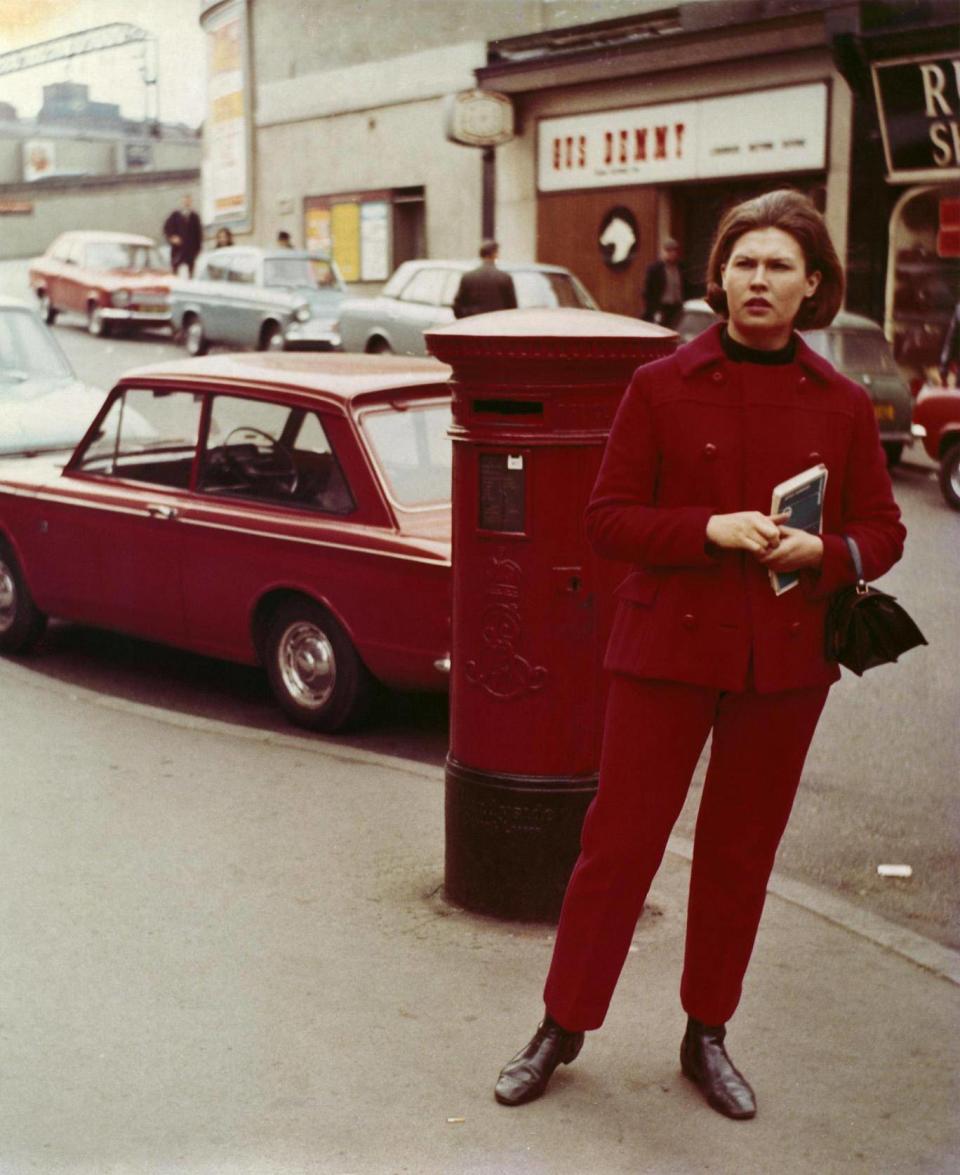
Half a lifetime later these student projects still feel fresh and vital, but Parr’s course was a vocational training for a career as a commercial photographer, and so his superiors weren’t impressed. He could have been chucked out if it hadn’t been for Alan Murgatroyd, the one tutor who fought his corner. Happily, after all these years, Murgatroyd is still with us, and he appeared as the guest of honour to open Parr’s new show.
"What Manchester Polytechnic taught me is to fight my own corner," he says. Parr left Manchester when he graduated, but he kept coming back to take photos. Point of Sale, shot in Salford in 1986, was a sharp depiction of everyday commerce, from Tupperware parties to Kwik Save. This was a side of life we all recognised but had never scrutinised before.
For this show Parr has returned to Manchester to shoot a new set of photographs, and the city of today feels a world away from the city of his student days. It’s multicultural and, above all, colourful – from Media City to the Eithad, from mosques to yoga classes, from royal wedding street parties to Gay Pride. "It was unimaginable, 30 or 40 years ago, that Pride would have such a big impact in a city like Manchester," he says. From pies at Bury market to gluten-free brownies in the Northern Quarter, like an anthropologist Parr finds signs of change amid the ephemeral and the mundane.
Has any British city changed more than Manchester since Parr arrived here in 1970? I doubt it. But the rest of Britain has changed almost as much, and Parr has chronicled that change with more wit and insight than any other artist I know. What makes his vision so acute? To try and find out, I travelled to Bristol, where he’s lived since 1987, to meet this elusive and enigmatic man who excels at examining the minutiae of our daily lives.
We meet at his studio, on an industrial estate on the scruffy side of Bristol. His studio is tidy and businesslike (not for him the chaotic squalor of the tortured, tormented artist). His appearance is similarly anodyne, almost anonymous – nondescript leisurewear, neither smart nor scruffy. His manner is friendly but noncommittal – warm smile, wary eyes. He speaks quietly, clearly, lucidly. His voice is classless, rootless. He chooses his words with care.
“I was fully aware that Manchester had changed enormously in the 35 years since I lived there,” he says. “There are now two Manchesters – there’s the traditional one and the gentrified one, so I went to both.”
He’s broadly enthusiastic about the gentrification of the city, but he can see the downside too. “Gentrification can be a mixed blessing. It can tend to kill off the sense of community that was there before – richer, younger people move in – but in the end I think without it these places would suffer even more.”
As befits a born observer, accustomed to travelling incognito, he’s used to blending into the background. With his pleasant but forgettable face, his neat grey hair and his bland chainstore clothes, he’d make a good private detective. He looks more like a middle ranking civil servant than a famous photographer - which is fitting, for that was his father’s job (though his passion was ornithology). Martin used to accompany him on his birdwatching trips - though Martin always used to watch the birdwatchers, not the birds.
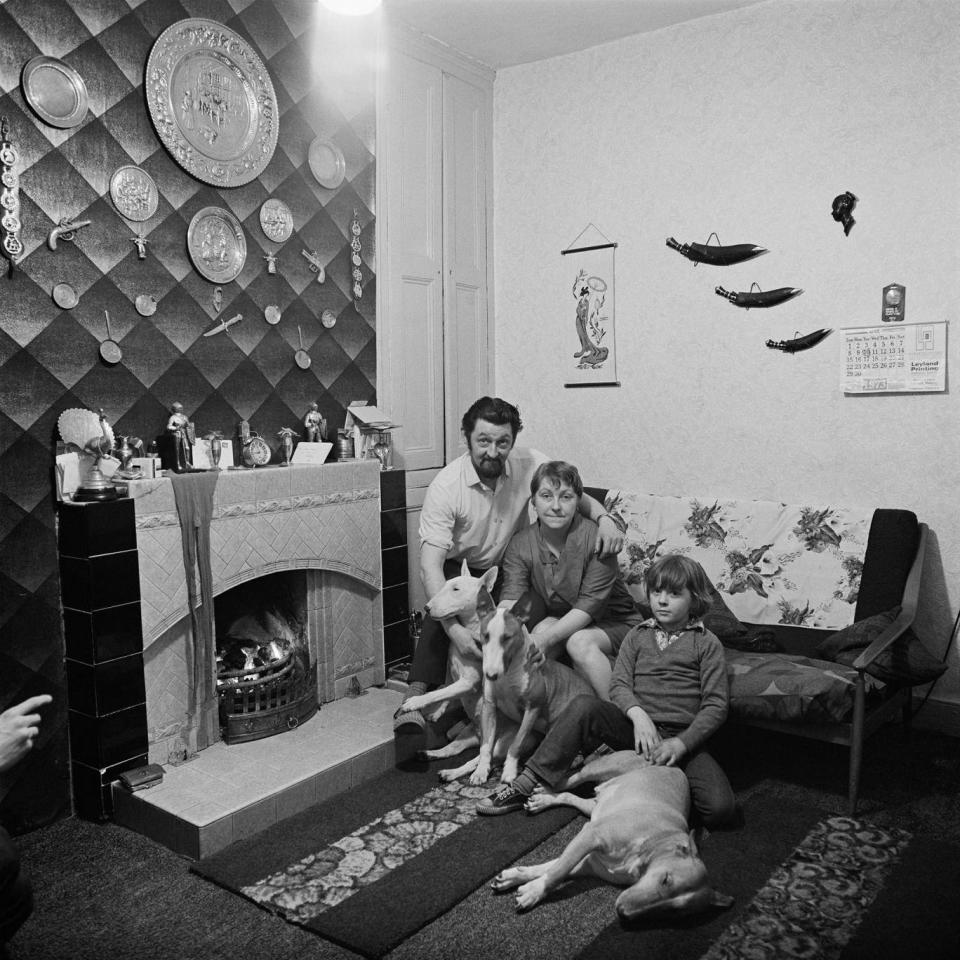
He was born in 1952 in Epsom, the buckle in the commuter belt. His parents were Methodists (“I went to Sunday School and argued with the teachers”), comfortably off, in a humdrum way, and reasonably contented. He has one sibling, a sister, seven years younger, which made him almost an only child. It sounds like a barren beginning for a creative artist, but the absence of high drama compelled him to look more closely, more keenly, at the world around him. “The advantage of coming from suburban Surrey is that everywhere else looks more interesting.” He was a meticulous collector, and a quintessential trainspotter. He still collects all sorts of trash-aesthetic bric-a-brac today.
His main inspiration was his paternal grandfather, George Parr, a lay preacher and a keen amateur photographer, who lived in Calverley, in West Yorkshire. George taught him the rudiments of photography. For Martin, it was love at first sight. “There was never any doubt. As soon as I saw it, I thought ‘That’s the medium for me – that’s what I want to be.’” Martin’s summer holidays in Calverley were among his happiest childhood memories. ‘I’ve always had a soft spot for Yorkshire – my father’s from Yorkshire, I’ve got Yorkshire in my blood.’ His first photographic project was a study of Harry Ramsden’s, the celebrated Yorkshire fish and chip shop. It was here that his passion for photography – and the north of England – began.
Martin passed his 11-plus and went to Surbiton Grammar School, but compared with his Yorkshire apprenticeship school was distinctly uninspiring. He was a mediocre student and his teachers were underwhelmed. His school report makes interesting (and, in retrospect, amusing) reading. ‘He has considerable flair for photography and a certain amount of ability in the art field, but there seems to be little chance of realising his potential if his attitude to his general work continues to be so poor,’ wrote his form tutor. “Very little work achieved – very lackadaisical,” concurred his art master.
It was only when he went to Manchester that he really spread his wings. In Manchester he encountered a sense of community more akin to the one he’d found in Calverley. “Coming from suburban Surrey, I was very taken with that – the friendliness of people, and how open they were.”
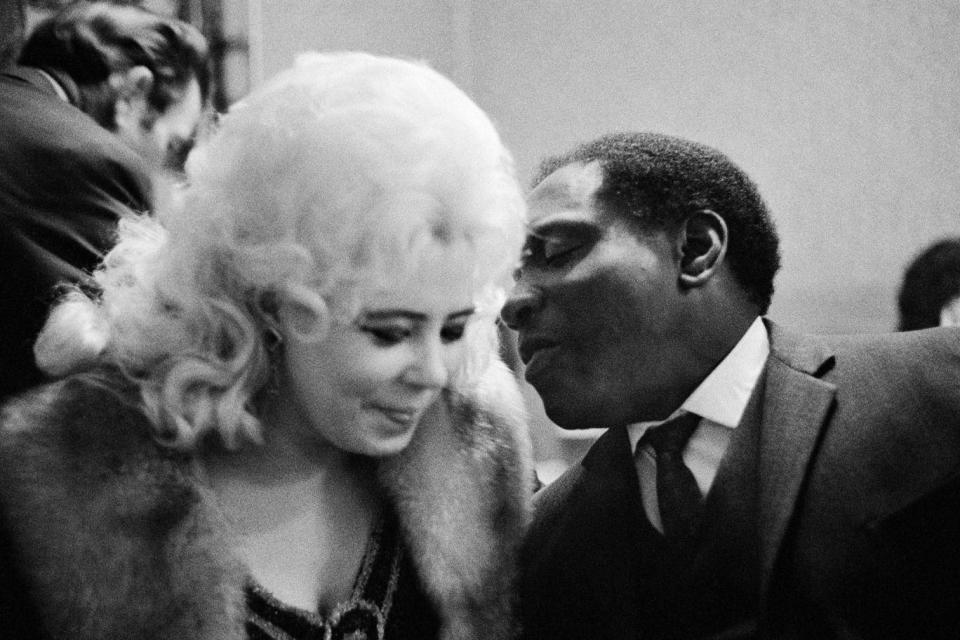
He lived in Moss Side, which was thrilling. "When they started demolishing Moss Side we used to go round and pick the stuff out of the old houses and photograph it – we had a great time." Photography was his calling. Despite being on a course which didn’t suit him, making work for which there was no real outlet, he never doubted his abilities. "I knew what I wanted to do and why, and I just got on with it. I had total self-belief."
In Manchester he met Susie Mitchell, an English student from the Home Counties who collaborated with him on various projects and subsequently became his wife. "In the 1970s, Manchester was an exciting place to live, like a foreign country after the outer London suburbs," she wrote, in her eloquent introduction to The Non-conformists, his haunting book of photos of Yorkshire chapel life. "Swathes of condemned terraced housing, monstrous Victorian public buildings, acres of wasteland awaiting redevelopment, grimy parks and odiferous curry houses…" For Martin it was paradise.
After graduating from Manchester they moved to Hebden Bridge, where they formed close relationships with some of the subjects of The Non-conformists (Susie interviewed them; Martin photographed them). This intimacy resulted in some remarkable photos, but the relationship ended rather unhappily when some of their subjects realised, belatedly, that they were only photographic subjects (rather than soulmates) after all.
"I wasn’t a believer," says Parr. "I respected their religion and I enjoyed partaking in it and photographing it." However, he was essentially an atheist. From then on Martin kept his distance and his work became more detached. "You’re never part of what you photograph," he says. "You’re always an outsider."
Susie became a speech therapist, a job that took her to Ireland and then to Merseyside. Martin went with her and on Merseyside he found the subject that made his name. His stark photos of New Brighton (a rundown seaside resort near Liverpool) were revolutionary. For one thing, they were in colour (a medium still shunned by so-called “serious” photographers) but above all it was his stark treatment of these Liverpudlian daytrippers which broke new ground.
Parr showed New Brighton in all its gory glory – the fractious toddlers, the bored parents, the litter, the fast food... There was nothing falsified about it, but there was nothing prettified about it either, and for middle class audiences used to quaint depictions of the worthy poor, it was a rude awakening. "This is a clammy, claustrophobic nightmare world where people lie knee deep in chip papers, swim in polluted black pools and stare at a bleak horizon of urban dereliction," wrote Robert Morris in the British Journal of Photography. Parr called his series The Last Resort.

The show was well received in Liverpool. Ironically, it was when it went to London that the reaction became more critical. "Our historic working class, normally dealt with generously by documentary photographers, becomes a sitting duck for a more sophisticated audience," wrote David Lee in Art Review. "They appear fat, simple, styleless, tediously conformist and unable to assert any individual identity. They wear cheap flashy clothes and in true conservative fashion are resigned to their meagre lot. Only babies and children survive ridicule, and it is their inclusion in many pictures which gives Parr’s acerbic vision of hopelessness its poetic touch."
With the hindsight of history, this seems rather unfair. Parr’s vision is acerbic but he never ridicules his subjects. On the contrary, his day-trippers actually seem rather admirable, striving to give their children a nice day out in the face of overwhelming odds. Merseyside was a pretty hopeless place in 1986. Like all good photographers, Parr was simply shooting what he saw.
"I don’t think I’m out there to take the piss, particularly. There has to be a sense of mischief, because that’s part of the British make-up and identity, but the mischief is applied equally to everything and anybody, because life is weird. People are strange, and people are entertaining. I do like people – I love what they all get up to.’"Most of the things he photographs are things he does himself.
He’s impervious to criticism of his work. "I realised pretty early on that that controversial aspect to what I do never does you any harm," he says. "I’m very democratic when it comes to classes – I put it up all classes." He followed up The Last Resort with several projects about the bourgeoisie.
"I realised that I was very middle class, and I was almost guilty about that. It was the time of Thatcher, I was flourishing under Thatcher’s regime, and I was basically exploring my guilt and making it a therapeutic process – and also photographing a class that I felt had been overlooked by photographers, because photographers tend to be attracted to the rich and the poor."
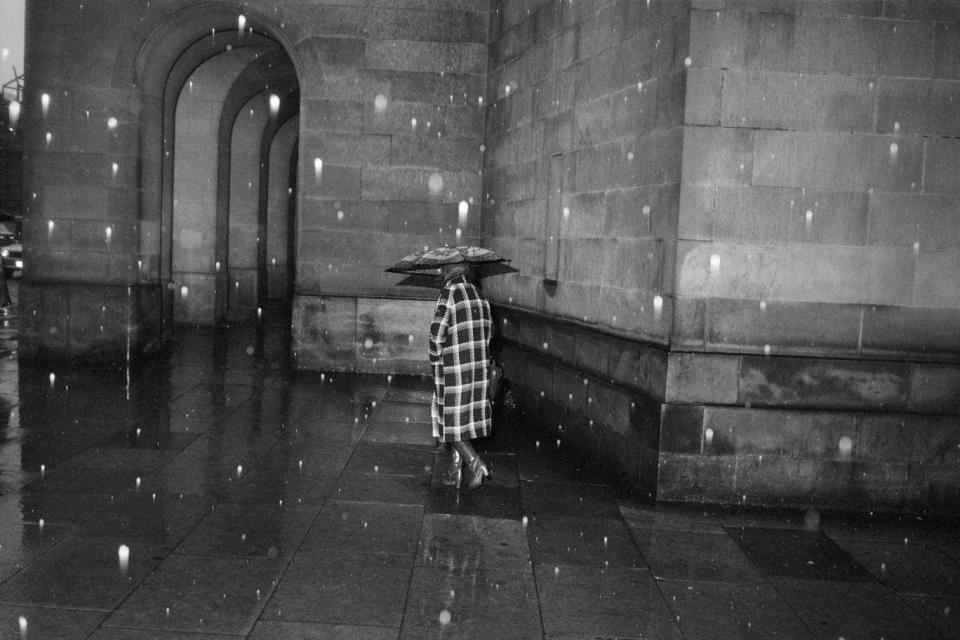
If anything, these projects were even more acerbic, attracting further criticism. One picture editor called him "a gratuitously cruel social critic who has made a large amount of money by sneering at the foibles and pretentions of other people". Again, this seems unfair. It’s hardly Parr’s fault that he’s made a decent living, and it seems harsh to describe his stance as sneering. He delights in bathos and absurdity, but his vision is dispassionate, not cruel. "I continue to be amazed that people still find my work controversial, because I’m just photographing western life, the leisure pursuits of the western world."
One of his most successful series, Small World, was about mass tourism, a phenomenon which straddles every class. "We have this idea of what a place would be like because we’ve seen it in the pictures and the postcards. When we get there the reality is quite different. I’m showing the reality of peoples’ expectations."
We have this idea of what a place would be like because we’ve seen it in the pictures and the postcards. When we get there the reality is quite different
Martin Parr
As beauty spots become tourist traps, that reality is pretty grim – but for Parr, it makes great photos. “I find it completely fascinating. Remember: when a place is mobbed I’m happy, because I can make my point even clearer.” And the point is? “That the mythology is different to the reality.”
The overall conclusion one draws from Parr’s photos is that consumerism is pretty tawdry, and globalisation is making a bad situation even worse. And yet, individually, his photos are full of fun. “That’s all part of the contradiction – the ambiguity is what this is all about.”
Back in Manchester, Martin is winding up his tour. "Most of the pictures I take are rubbish – I take more rubbish than most people because I take more photographs than most people," he says. "What you’re trying to find is that magic moment, and how and when that happens is almost impossible to predict. So, even though I’ve been doing it for many years, I couldn’t quite tell you how to do it – but you have a very strong intuitive sense when it starts to happen."
It’s that intuitive sense, more than anything, which makes Martin Parr so special. It’s not about the camera. It’s all inside his head.
Martin Parr: Return to Manchester is at Manchester Art Gallery (www.manchesterartgallery.org) until 22 April 2019

 Yahoo News
Yahoo News 
